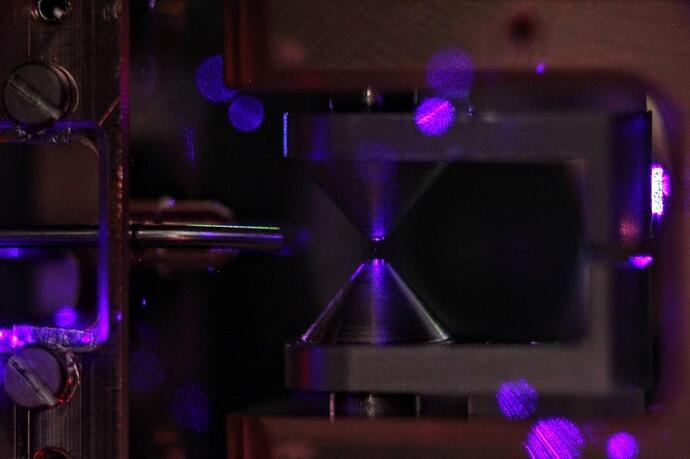The metrology institute VTT MIKES has made progress in its work to develop a next-generation optical atomic clock. The first optical clock in the Nordic countries has been proven to work during trial use, and its measuring accuracy is continuously improved. The goal is that VTT MIKES could use the clock to participate in maintaining universal time and in defining the SI second increasingly accurately.
VTT MIKES could measure a second to 18 decimal places
VTT MIKES has been developing an optical clock based on a laser-cooled ion for nearly ten years. According to VTT MIKES’s cautious estimate, the measuring accuracy could reach 18 decimal places in 2030. According to the roadmap prepared by the International Bureau of Weights and Measures (BIPM), the definition of the SI second will be revised from the current caesium atom’s microwave transition and will be based on an optical transition—perhaps in the 2030s. In the future, VTT will also participate in redefining the SI second with the new clock.
“Dozens of similar optical clocks are being developed in the world, but only seven optical clocks (France, Japan, the USA, South Korea, Italy) have so far been officially involved in maintaining universal time. Our optimistic view is that our clock will be among the ten most accurate clocks in the world. Our goal is to participate in maintaining universal time together with other optical atomic clocks within the next few years,” says Senior Scientist Anders Wallin from VTT MIKES.
